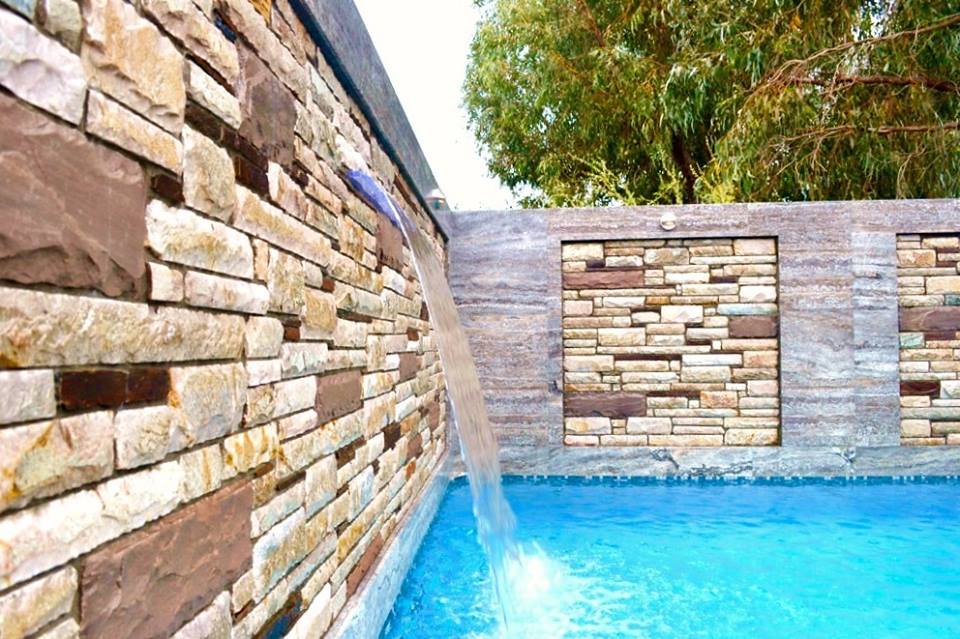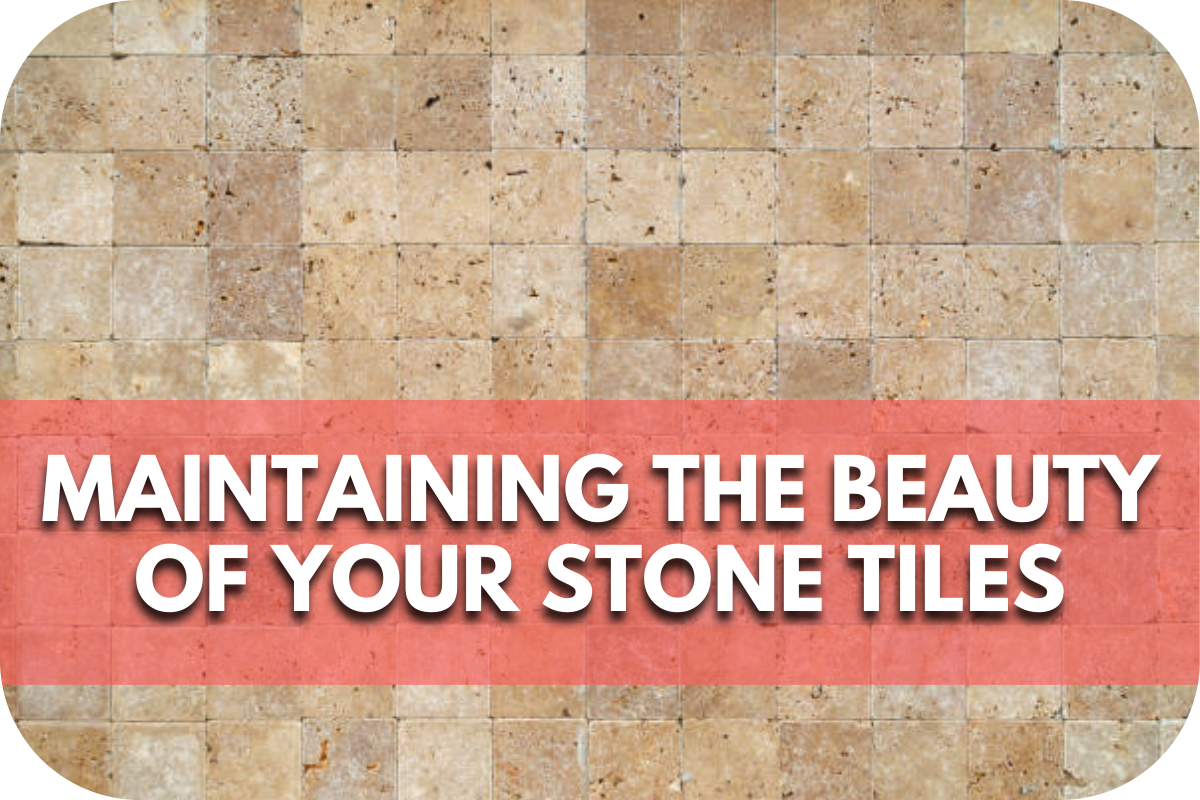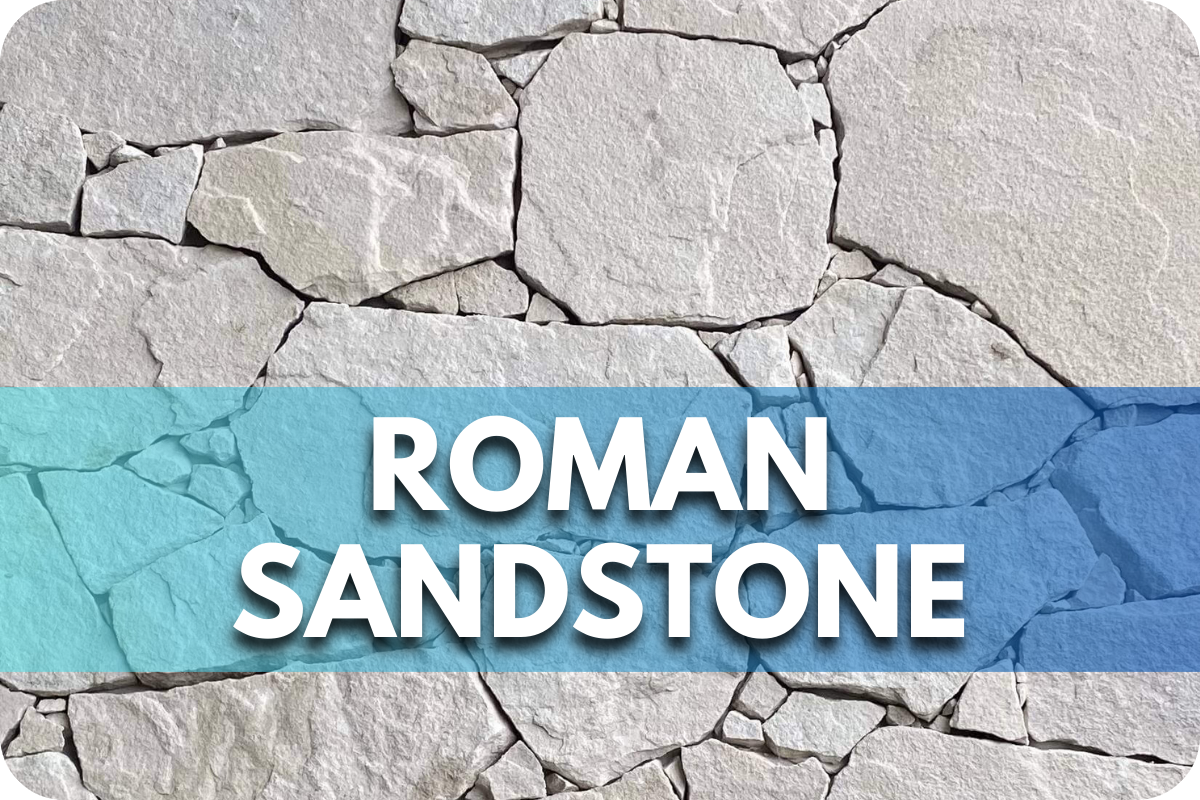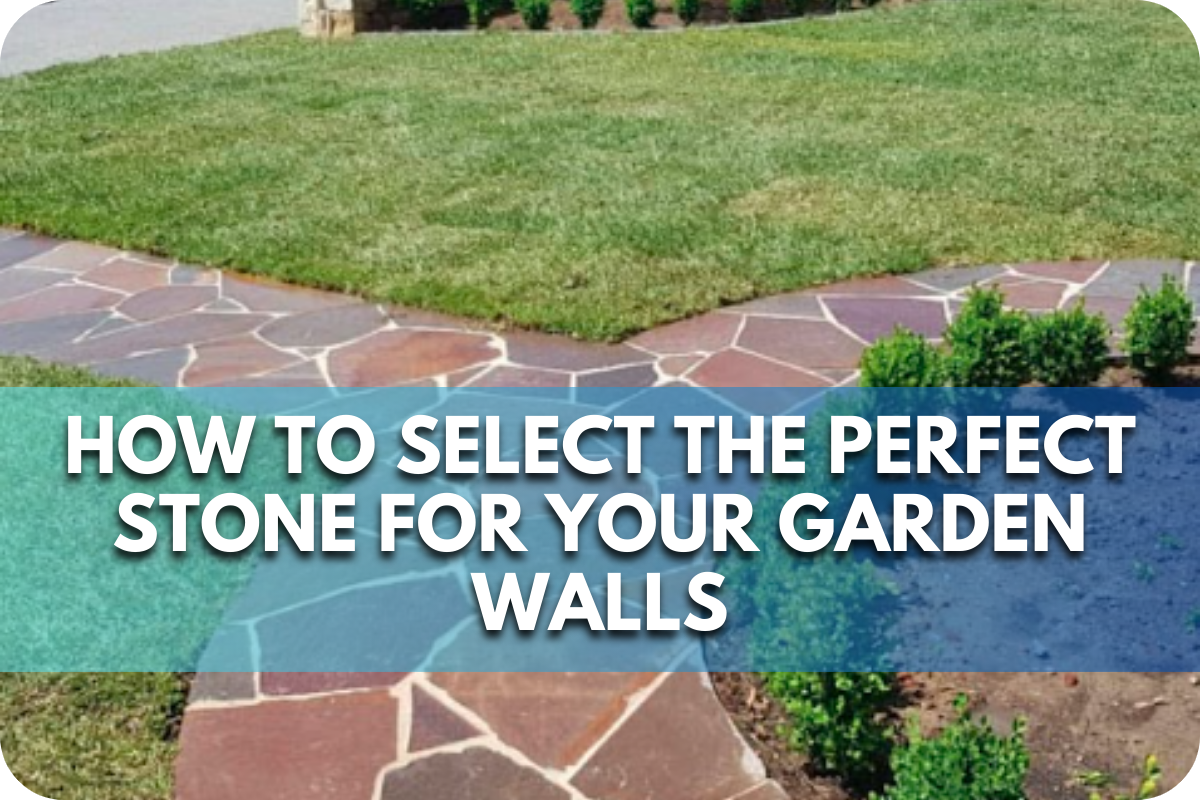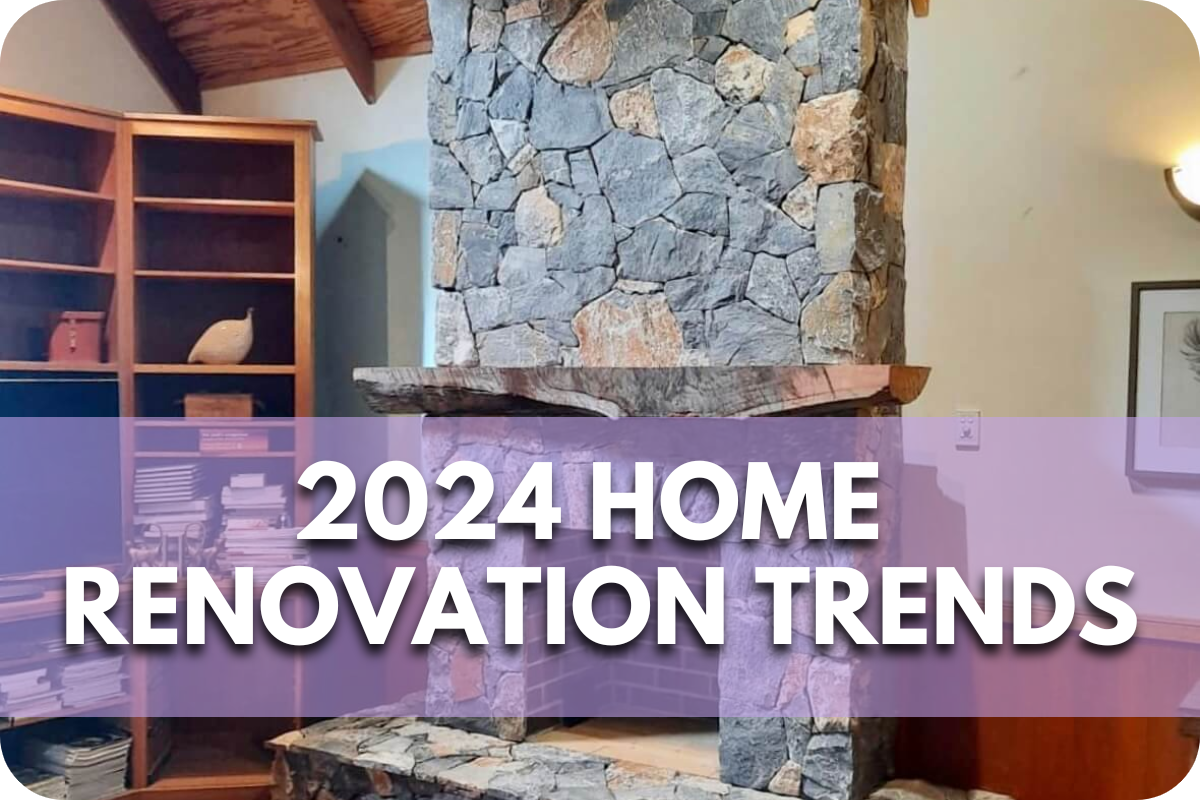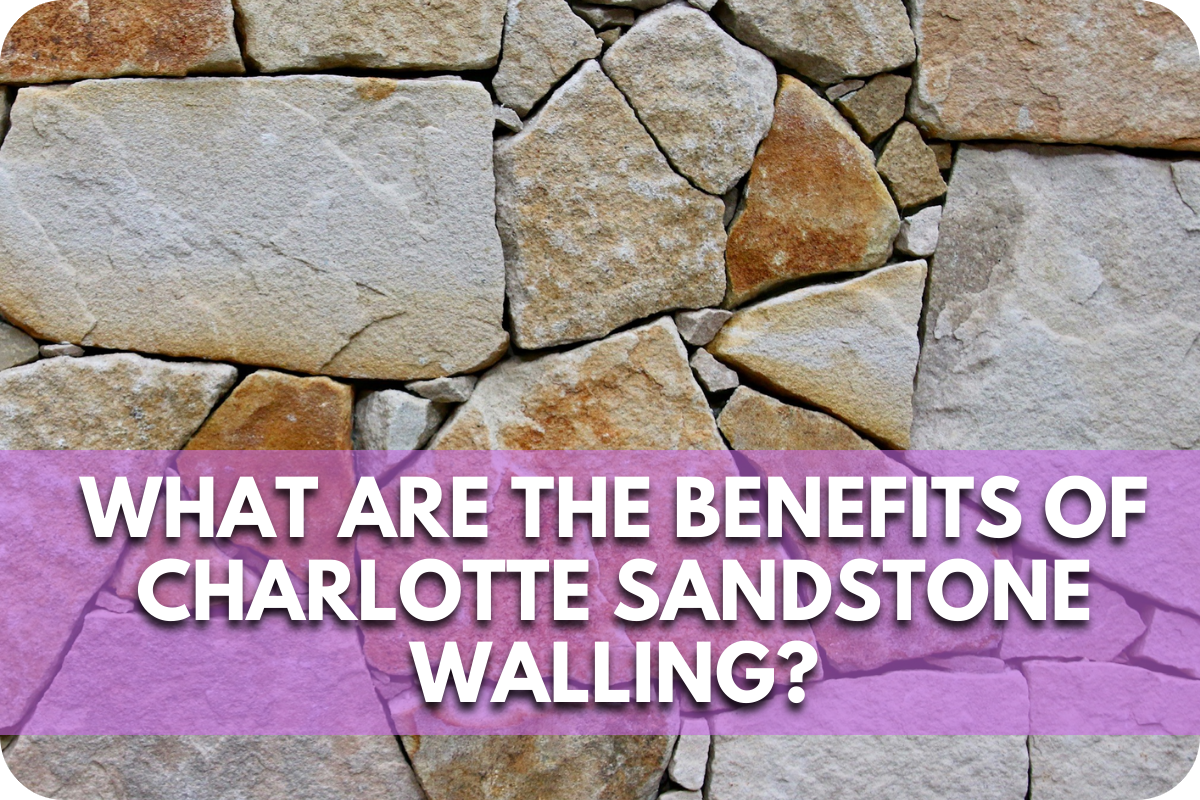Stone Masonry – 5 Tips For Hiring The Right Stone Mason
Finding a skilled stone mason for your project can be daunting. How can you ensure you’re hiring the right professional with so many options available?
Choosing the wrong mason could lead to subpar workmanship, delays, and costly repairs. Your dream stone feature could quickly become a nightmare of crumbling mortar and misaligned stones.
This article will provide 5 essential tips for hiring the perfect stone mason. By following our expert advice, you’ll be well-equipped to select a craftsman who can bring your vision to life with precision and artistry.
Tip 1: Research and Verify Credentials
When hiring a stone mason, thorough research and credential verification are paramount. Start by asking for the mason’s qualifications, including formal training, apprenticeships, and relevant certifications.
Request a portfolio of their previous work and request references from past clients. Don’t hesitate to contact these references to enquire about the mason’s workmanship, reliability, and professionalism. A reputable stonemason should be happy to provide this information.
Check if the mason is properly insured, including public liability and professional indemnity insurance. This protects you in case of accidents or substandard work. Verify they comply with health and safety regulations and have the necessary licences for any specialised work.
Be wary of masons who can’t provide proper documentation or seem reluctant to share information. Remember, a skilled stone mason will be proud of their credentials and eager to demonstrate their expertise.
Tip 2: Assess Experience and Specialisation
When it comes to stone masonry, experience and specialisation can make or break your project. Begin by evaluating the mason’s years of experience in the trade. While longevity doesn’t always equate to quality, it often indicates a wealth of practical knowledge.
More crucially, consider the mason’s specialisation. Stone masonry encompasses various techniques and materials, from dry stone walling to intricately carved stonework. Ensure your chosen mason has specific experience in the type of work you need.
For instance, a mason skilled in building garden walls may not be the best choice for restoring a Grade II listed building.
Ask about their familiarity with stone types common in your area, such as limestone, granite, or sandstone. Each stone has unique properties that affect how it’s worked and maintained. A knowledgeable mason should be able to advise on the best stone for your project and explain why.
Don’t shy away from requesting examples of similar projects they’ve completed. This will give you a clear idea of their capabilities and style.
For more insights and inspirations on how stonemasonry can transform your home, check out our detailed article on Stonemasonry Ideas and Inspirations for Aussie Homes.
Tip 3: Review Portfolio and Past Projects
A stone mason’s portfolio is their visual CV, offering crucial insights into their craftsmanship. When reviewing their work, look beyond aesthetics to assess the quality and complexity of their projects.
Request a comprehensive portfolio showcasing a range of their work. Pay attention to projects similar to yours in scale, style, and materials. Scrutinise the details in their stonework – clean joints, precise cuts, and consistent patterns are hallmarks of quality masonry.
Don’t hesitate to ask for before-and-after photos of restoration projects. These demonstrate the mason’s ability to problem-solve and work with existing structures. Look for evidence of innovative designs or creative use of materials for new builds.
If possible, arrange to visit completed projects in person. This allows you to inspect the work up close and see how it has weathered over time. Pay attention to the finish, the pointing between stones, and how well the work integrates with its surroundings.
Remember, a diverse portfolio indicates versatility, while multiple projects in a specific style suggest expertise. Be wary of portfolios that only show new work – experience with restoration is valuable, especially for period properties.
Lastly, enquire about any awards or recognition the mason has received for their work. These can be indicators of exceptional skill and dedication to the craft.
Tip 4: Obtain Detailed Quotes and Timelines
Securing comprehensive quotes and timelines is crucial when hiring a stone mason to avoid costly surprises and delays.
Request itemised quotes from at least three reputable masons, ensuring each breakdown includes materials, labour, equipment, and any additional costs. Compare these quotes carefully, noting significant discrepancies and seeking clarification where needed.
Ask each mason to provide a detailed project timeline, including start and completion dates, key milestones, and potential factors affecting the schedule. Enquire about their availability and how they manage multiple projects simultaneously.
Be wary of unrealistically short timelines, as quality stone masonry requires attention to detail and time.
Discuss payment terms and schedules, typically involving a deposit and staged payments linked to project milestones. Ensure these are clearly outlined in the quote. Additionally, request information on warranties or guarantees for both materials and workmanship.
Remember, the lowest quote isn’t always the best value. Consider the mason’s reputation, experience, and the comprehensiveness of their quote and timeline when deciding.
A well-planned project with a transparent timeline and detailed quote will help ensure a smooth and satisfactory outcome for your stone masonry work.
Tip 5: Evaluate Communication and Professionalism
Selecting a stone mason isn’t just about their skills with stone; it’s about finding a professional you can trust and communicate with effectively. Attention to how potential masons interact with you from the initial enquiry onwards. Do they respond promptly to calls or emails? Are they willing to answer your questions patiently and thoroughly?
During in-person meetings, assess their demeanour and professionalism. A reliable mason should arrive on time, dressed appropriately, and prepared to discuss your project in detail. They should listen attentively to your ideas and concerns, offering expert advice without being dismissive.
Observe how clearly they explain the technical aspects of the work, their proposed approach, and potential challenges. A true professional will be transparent about achievable goals and limitations rather than making unrealistic promises.
Ask about their project management style and how they handle unexpected issues or changes. A good mason will have clear protocols for communication throughout the project, keeping you informed of progress and any necessary adjustments.
Conclusion
Choosing the right stone mason involves thorough research, verifying credentials, reviewing portfolios, obtaining detailed quotes, and assessing communication skills. Take your time with this crucial decision; it’s the foundation of your project’s success.
Following these tips, you’ll find a skilled artisan who can transform your vision into enduring stonework. Start your search today and build with confidence.

